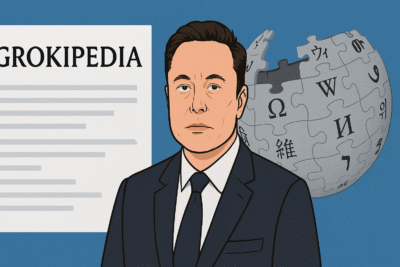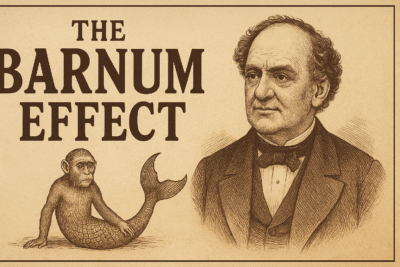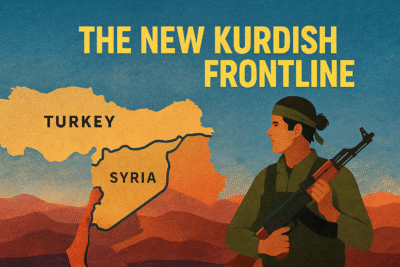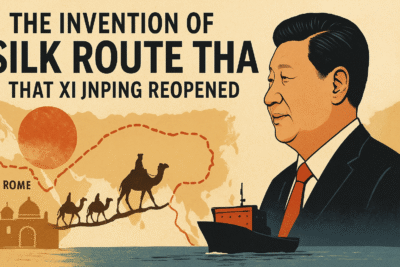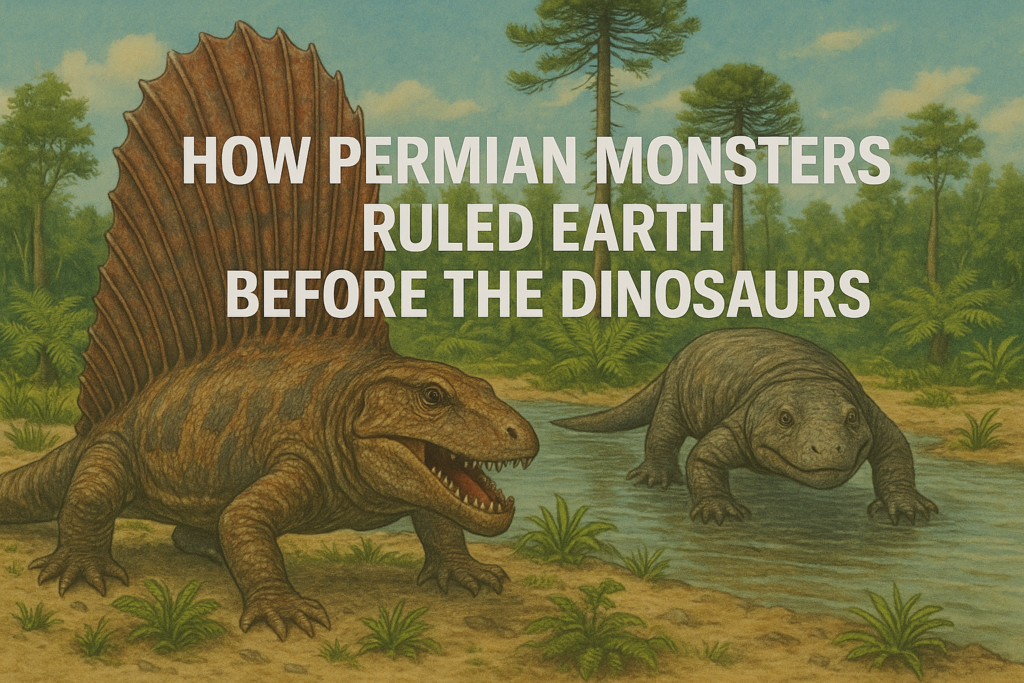
Have you heard about Permian monsters, the super-predators of a lost world that existed millions of years before humans came into being?
Long before the reign of the dinosaurs, the Permian Period (299–252 million years ago) was an age of monstrous super-predators and evolutionary innovation. The world was a single supercontinent, Pangaea, with extreme climates and landscapes teeming with bizarre and terrifying creatures.
The rise of the Synapsids: Pioneers of terror
The dominant land animals of the Permian were synapsids, a group that included the ancestors of mammals. These creatures displayed an astonishing variety of body shapes, from the barrel-bodied Cotylorhynchus to the horned Estemmenosuchus.
Synapsids had a key advantage over amphibians: they could reproduce away from water, thanks to large, moisture-retaining eggs or internal incubation. This allowed them to colonise diverse environments.
Their teeth were highly specialised — incisors, canines, and molars — making them formidable meat-eaters. This dental diversity enabled them to exploit a wide range of diets and grow to impressive sizes.
Apex predators and their prey
Dimetrodon: Perhaps the most iconic Permian predator, Dimetrodon was a sail-backed beast weighing up to 250 kg. Though often mistaken for a dinosaur, it was more closely related to mammals. Its sail, once thought to regulate body temperature, is now believed to have been used for courtship displays. Dimetrodon’s serrated teeth were ideal for tearing flesh, and it dominated the swamps of Pangaea for millions of years.
Anteosaurus: The largest predator of the Permian, Anteosaurus grew up to 6 metres long, with bone-crushing jaws and muscular bodies. CT scans suggest they were agile hunters, capable of tracking and ambushing large prey.
Inostrancevia: A gorgonopsian with sabre-like fangs and skulls up to 70 cm long, Inostrancevia was the terror of late Permian landscapes. These predators likely ambushed their prey, using their powerful jaws and teeth for swift, gruesome kills.
Life in the Permian world
The Permian was a time of evolutionary experimentation. The skies buzzed with giant dragonflies like Meganeuropsis, while freshwater habitats were home to 10-metre-long carnivorous amphibians. Oceans teemed with bizarre sharks such as Helicoprion, whose spiral jaws could slice through shells and flesh.
Herbivores were equally strange: dicynodonts, with hippo-like bodies and tortoise beaks, and pareiasaurs, armoured giants, roamed the land in vast herds, providing ample prey for the super-carnivores.
The end of an era
Towards the close of the Permian, the planet experienced a dramatic temperature spike — about 10°C — triggering the largest mass extinction in Earth’s history. Over 90% of species vanished, including the mighty Permian monsters, paving the way for the age of dinosaurs.
Despite their extinction, the legacy of Permian monsters lives on: the synapsids would eventually give rise to mammals, including humans.
In a nutshell
The Permian was an age of monstrous innovation, where terrifying super-carnivores and their equally bizarre prey ruled the Earth. Their reign ended in catastrophe, but their evolutionary legacy shaped the world we know today.
